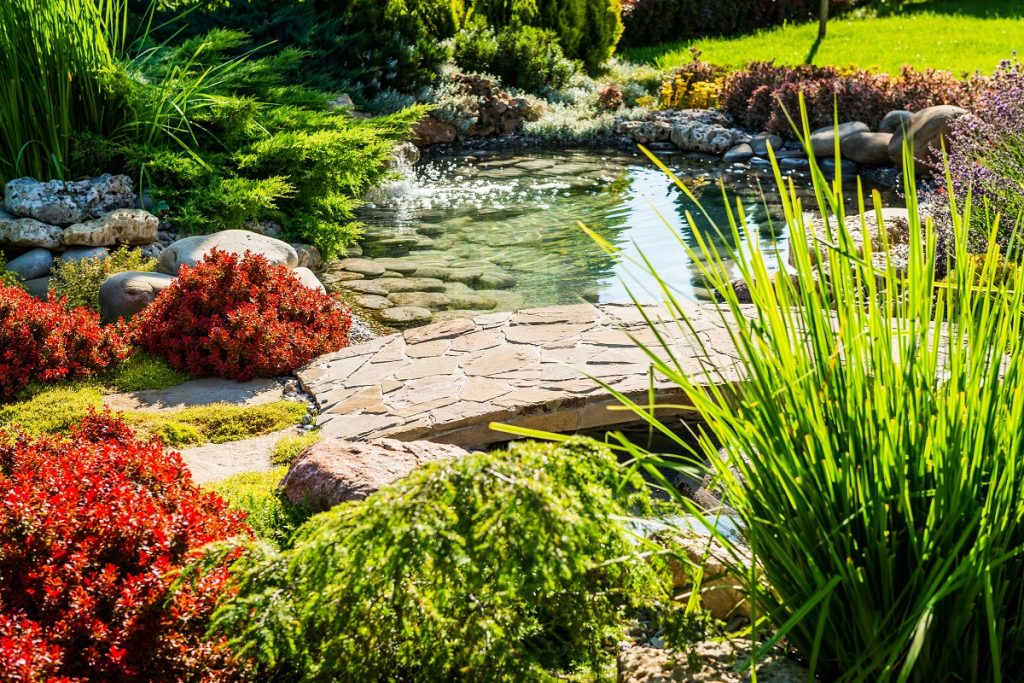Many people assume that gardening is a quiet activity, and they’re mostly right. After all, you don’t need powerful tools and equipment (save for a lawnmower) to plant flower beds and keep the lawn verdant and vibrant. However, larger gardens require more maintenance work, and if you’re in charge of maintaining a farm or a large estate, you need to bring out the big guns. Enter the garden shredder.
Garden waste disposal is a tough job, and shredders come in a wide variety of sizes to fit every need. What they all have in common are sharp blades that move at breakneck speeds to process the garden waste fed to the machine. The sheer impact obliterates the garden waste, regardless of size or hardness, into tiny bits.
Garden shredders are specially designed to process most organic waste such as dead leaves, branches, and trimmings into reusable chips and mulch. Instead of dealing with bags of waste destined for the landfill, you can return natural waste to where it came from. The mulch and wood chips could be used as fertilizer, compost, soil insulation, and even landscaping.
Whether you’re thinking of getting a shredder for your property or already own one, it pays to know a few safety precautions to ensure safe waste disposal. Understanding these tips can go a long way in keeping everyone safe and sound.
1. Feed the shredder slowly
Too much garden waste at one time in the intake hopper can lead to clogging and even a major breakdown. After reading the manual, you should be familiar with the machine’s operational limitations, and you’ll know how much waste to feed and what the intervals are.
Don’t let waste material accumulate within the intake hopper. Wait for the debris to be processed and discharged before adding some more. Have another person clear the discharge area to keep the pile from growing too high. The material could return to the feed chute and jam the machinery.
2. Read the documentation
One of the easiest things you can do is to read the shredder’s manual. The manual contains everything you may need to know about the machine: technical specifications and usage instructions to maintenance guidelines and safety precautions.
If you’re the primary operator, you need to know all the machine’s major components and the hazards each part poses. If you have a question, the answer may be in the manual. The people who designed the machine should know how it works.
3. Inspect the machine before use
Always inspect the machine before switching it on. Ensure that the shredder doesn’t show visible signs of damage and that all parts are in good condition. Check if the fasteners such as bolts and screws are in place. While normal wear and tear is expected, have the machine checked by a certified technician if you think it has become too damaged or worn down for a safe and proper operation.
See to it that the chute, hopper, and cutting chamber is clean and free of obstructions. Remove all objects that could get caught up in the moving machinery. You may want to secure any openings to prevent animals from entering while the machine is in storage.
4. Wear personal protective gear
While you don’t have to wear a uniform to use a shredder, make sure that your clothing is tight-fitting with short sleeves. Your top should be tucked into your pants, and your pants tucked into your shoes.
Don’t forget to remove anything that could get caught up in the moving parts, such as jewelry, neckties, belts, and other dangling objects. Your clothing should be cuff-free as well. Shredders are still considered industrial machinery, so users must wear personal protective gear to ensure safe operation.
Some of the things one must wear include cuff-free gloves, pants, and heavy-duty steel-toed work boots. One should also wear ear protection such as earbuds and earmuffs, to protect their hearing.
5. Keep the area clear
Ensure the disposal area is free of bystanders, children, and pets before switching the machine on. If possible, maintain a clear zone of at least 20 feet in all directions while shredding waste.
6. Check your health

Only healthy and able-bodied people should operate a shredder. A garden shredder is a dangerous machine, and the last thing you need is a hand getting caught in the feeding chute. Workers with a history of substance or alcohol abuse may need to undergo private alcohol detox before they can be allowed to even go near the machine.
Finally, always work in pairs. While one is focusing on operating the machine, the other can keep watch for incoming people and warn the operator ahead of time. Do not use the machine in inclement weather.
7. Inspect the waste
Always check the waste material before feeding it to the shredder. It may contain foreign objects that could prevent normal operation and even damage the machine. Remove objects such as pieces of metal, rocks, and other debris.
The bottom line
Waste disposal is hard work, and powerful tools such as a shredder allow us to process more material faster. Always remember these seven tips the next time you’re out to dispose of natural waste.

